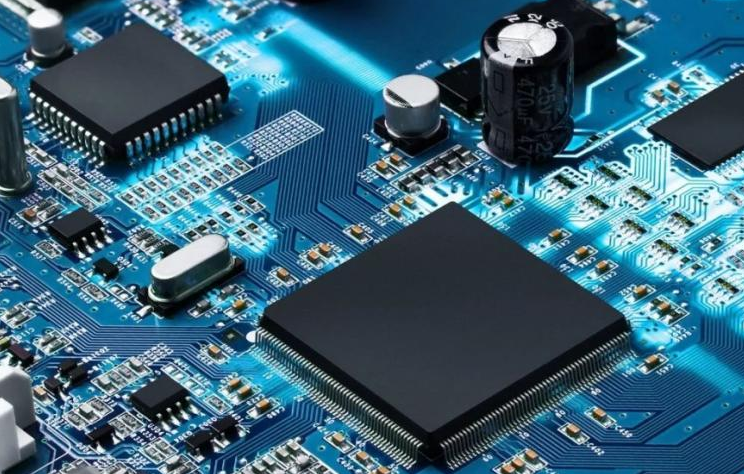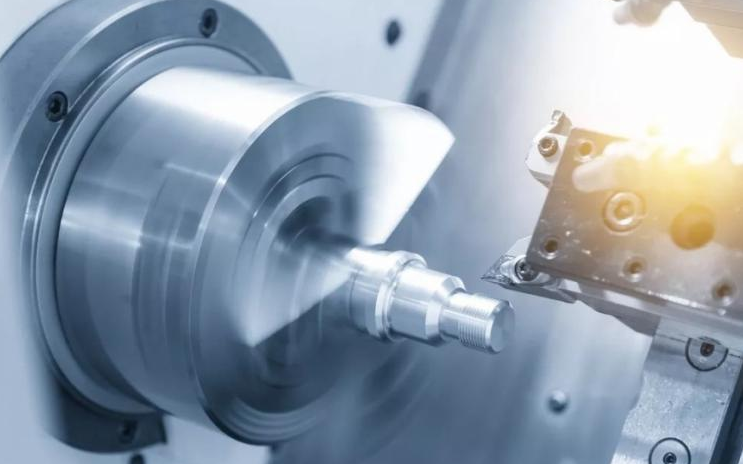Innovation is the top priority of the company
Innovation is about the survival of enterprises The Chinese economy is in a period of structural transformation, industrialization is basically over, and the economy and enterprises have entered the post-industrial era. At this stage, the rate of capital accumulation has slowed markedly. Investment is no longer the most powerful engine for economic growth. A once-expenditure economy has become an excess economy, and expansionary fiscal and monetary policies have withdrawn from the stage. In the case of a general overcapacity, the policy of stimulating investment has lost its meaning and will only increase the excess capacity. For the enterprise, the market is basically saturated, the products are no longer sold as before, and the company cannot rely on expanding production capacity to achieve its own development. In this case, companies either open up new markets or grab share in existing markets. Either way, companies are required to innovate. It can be said that in the post-industrial era, the most important competitiveness of enterprises has changed from resource integration capability to innovation capability. It is in terms of innovation that many Chinese companies have encountered challenges. If the core technology is not in your own hands, the enterprise is very vulnerable in a changing international competitive environment. I once visited a company that wants to do smart manufacturing. Its machine tools are imported from Germany and Japan. The digital control is very advanced, but when it comes to transforming the production line, I have encountered a difficult problem: the data of the machine tool cannot be extracted because of foreign Equipment suppliers do not open data to Chinese companies. In this case, a machine is an island that cannot be connected. It is impossible to make a data-driven production line. Without data, smart manufacturing is an empty talk. Chinese companies must master core technologies and transform from cost control to R&D as quickly as possible, from manufacturing to innovation. In the post-industrial era, innovation is by no means a dispensable business. It is related to the survival of the enterprise and the future development prospects of the enterprise. Huawei - China's private enterprise innovation textbook Chinese private enterprises must learn from Huawei. It is a very good textbook. Some entrepreneurs think that Huawei has done a good job, but they can't learn it. Huawei is too tall. In my opinion, Huawei can achieve today's results because it has attached great importance to R&D from the beginning. In the technology industry, the core hardware is the chip, and the core software is the operating system. On the chip and operating system, Huawei has its own research and development strength. Since the 1990s, Huawei has been working on the development of chips and operating systems. The HiSilicon chip, which is well known today, is the result of Huawei's investment and research and development for more than 20 years. Huawei's strong investment in research and development is stipulated by the "Huawei Basic Law": the annual research and development costs are not less than 10% of sales. In fact, its R&D expenses accounted for 16% of the highest proportion of sales. In 2017, Huawei's R&D expenditure was 89.7 billion yuan, accounting for 15% of sales, and R&D spending ranked sixth in the world, surpassing Apple. Although Huawei's mobile phone started late, because the hardware has its own chip and the software has its own operating system, it can be used as the first brand of Chinese mobile phone, and it is the first echelon in the world with Apple and Samsung. Some mobile phone manufacturers that started earlier than Huawei, because of the lack of core chips and operating systems, have fallen behind in the market competition, and some have been eliminated. In the post-industrial era, there are two ways for Chinese companies to seek innovation: first, learning Huawei, investing in research and development, and tackling key technologies; second, using existing technologies to differentiate their competition in the market and reduce their own costs. To gain a bigger market share. Below I use three cases to illustrate how companies use off-the-shelf digital technology for differentiated competition. Big data drive, shortening mold delivery time How can big data help moldmakers shorten design and manufacturing time and shorten lead times? Let's look at a real case. In the past, after receiving the customer's order, the mold factory first designed the mold, then tested, modified and delivered it. The entire process takes a long time. This mold factory uses big data technology to build a database of parts and components of molds. According to customer needs, it builds molds in blocks, generates parts processing instructions at the same time of design, gives process plan, machine scheduling, and cost accounting. The warehouse feed order enables the entire process of dataization and automation. The development of products, processes and financial standards is the most time-consuming and important task. After standardization and digitization, the mold manufacturer reduced the design time from a few weeks to two days, and the delivery time was shortened by 1/ 3. In addition, the database and the warehouse are linked together, how much material is consumed, and how much material remains in the warehouse. All of them are clear. If the inventory is insufficient, the system can quickly issue replenishment instructions, and the supplier delivers the goods according to the instructions. After the digital transformation, the competitiveness of this company has greatly improved. In today's market, more and more customers value delivery time and quality, followed by price. Using the products of this mold factory, Chinese companies won the bid in the international bidding at a price higher than 30% of the competitors. The rapid supply of molds shortened the delivery time, and the quality of the products was higher than that of similar manufacturers. Digitalization reduces the cost of wind control for microfinance Many P2P companies have collapsed because they have forgotten that the primary task of finance is to control risk rather than scale up. The pain point of microfinance lies in unsecured, unsecured, non-standard, high-risk. These P2P only use online data for simple risk control, no online data collection and due diligence, and online data from quality or quality. In terms of quantity, it is impossible to meet the needs of risk control. As it turns out, offline due diligence is a must in the current credit environment. A small-funded alumni company insists on combining online and offline data, arranges dedicated personnel to do due diligence offline, and then stores the collected data in a database for risk assessment, effectively reducing the bad debt rate. The pain point of this business model is that the cost is too high, so they do everything possible to use the digital technology of the mobile Internet to reduce the cost of due diligence, which is the cost of risk control. Low cost can lower interest rates, and low interest rates can attract more customers. More importantly, with the accumulation of data, they can use mathematical and statistical models to more accurately conduct risk pricing. After the data reaches a certain scale, artificial intelligence is enabled to more accurately judge and control credit risk. The company insists on serving small and micro enterprises. Now the business has gone to the countryside. The system terminal is directly connected to the farmers' home. The farmers can apply for loans, fill in information, perform face recognition and verify identity on the mobile phone. The cost provides financial services to farmers. Personalized home improvement Finally, look at a digital case of the home improvement industry. Shangpin Home is a listed company. They also decompose various different home improvement designs into standardized modules such as rooms and spaces, which are stored in the database in advance. After receiving the customer's order, the door-to-door room, according to the room type and the customer's individual needs, extract the corresponding modules from the database, take the way of building blocks, quickly come up with the home design plan, and use VR to show it out. After repeated communication with the customer, the system automatically generates the material list, processing order and construction order. Shangpin Home is not for VR and VR here, but to improve the customer experience and better meet the needs of customers. To make a conclusion, companies need not pay too much attention to changes in the environment and policies, but should pay more attention to the market, customers and employees, and pay attention to how to use technology to differentiate competition. No matter how the external environment changes, it will never change to provide customers with cost-effective products and services. Aluminum lock,High Quality Aluminum lock,Aluminum lock Details, CN Nanjing Toutru Trading Co., Ltd. , https://www.tcdoorlock.com



